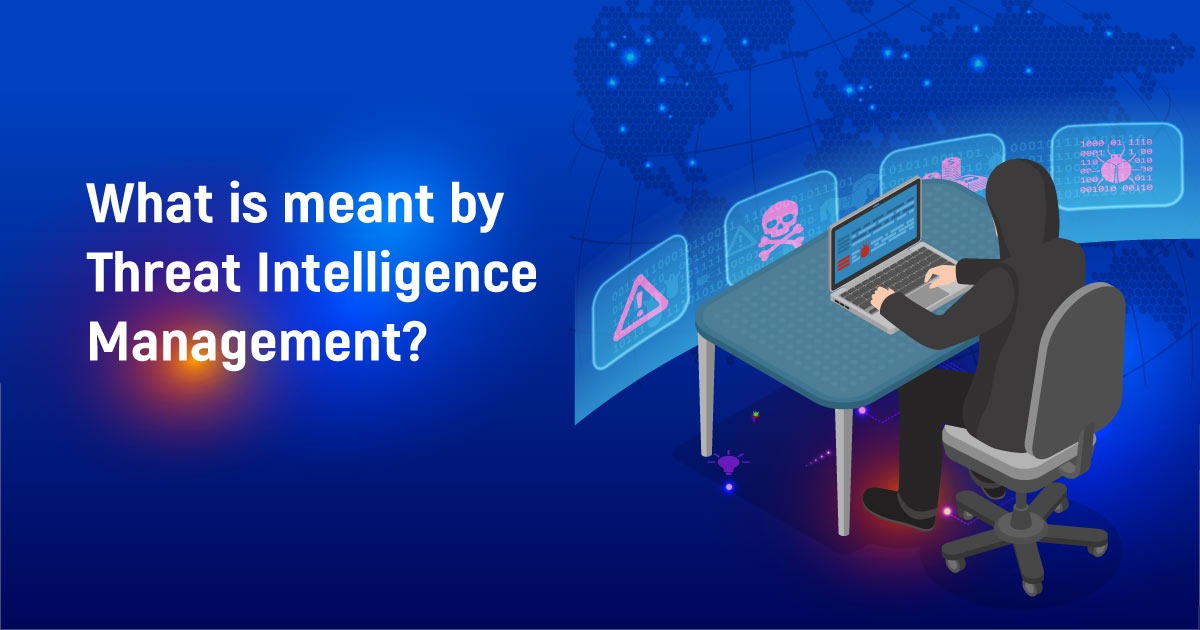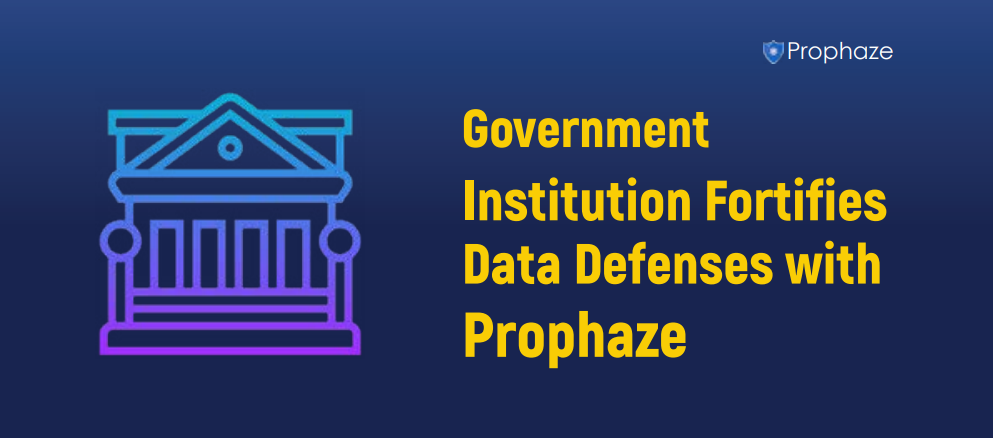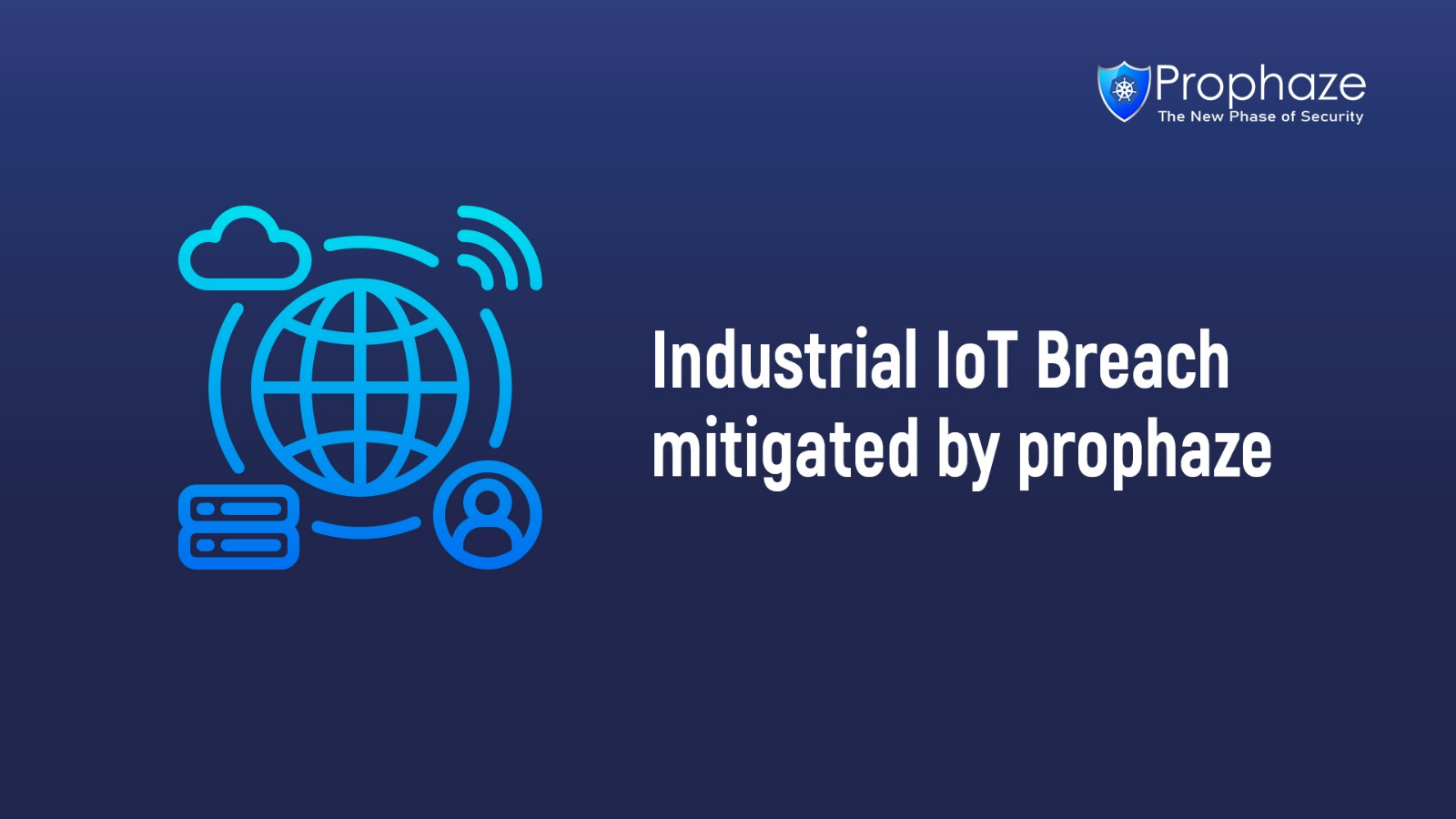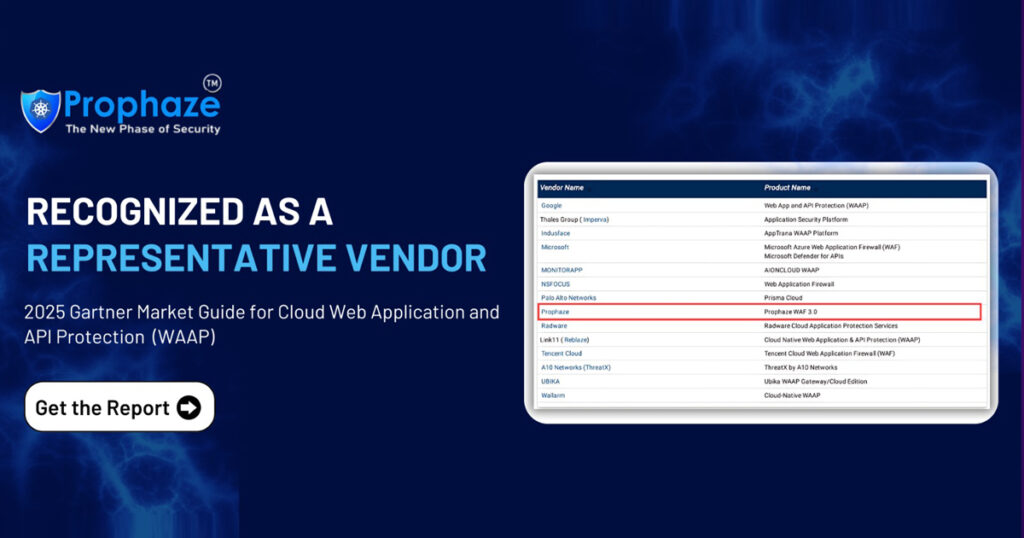Threat intelligence management is the process of collecting, analyzing, and disseminating information about potential cyber threats to an organization’s security. With the increasing sophistication and frequency of cyber attacks, threat intelligence management has become an essential part of any effective cybersecurity strategy. In this article, we will discuss threat intelligence management in detail.
What is meant by Threat Intelligence Management?
Threat intelligence management is a proactive approach to cybersecurity that involves collecting and analyzing information about potential cyber threats to an organization’s security. This information is used to identify and prioritize potential threats, develop strategies to prevent or mitigate those threats, and keep stakeholders informed about emerging threats.
Threat Intelligence Sources
There are various sources of threat intelligence that organizations can use, including:
Internal sources:
This includes data collected from the organization’s own network, such as log files, vulnerability scans, and intrusion detection systems.
External sources:
This includes information from third-party sources, such as threat intelligence feeds, government agencies, and industry organizations.
Human sources:
This includes information from employees, contractors, and other stakeholders who may have knowledge of potential threats.
Threat Intelligence Analysis

Threat intelligence analysis is the process of examining threat intelligence data to identify potential threats and develop strategies to prevent or mitigate those threats. This process involves:
Correlation:
This involves combining threat intelligence data from multiple sources to identify patterns and correlations that may indicate a potential threat.
Prioritization:
This involves ranking potential threats based on the level of risk they pose to the organization’s security.
Action planning:
This involves developing strategies to prevent or mitigate potential threats, such as implementing new security controls, patching vulnerabilities, or conducting security awareness training for employees.
Threat Intelligence Dissemination
Threat intelligence dissemination is the process of communicating threat intelligence data to stakeholders within the organization, such as IT staff, security analysts, and executive leadership. This process involves:
Formatting:
This involves presenting threat intelligence data in a format that is easy to understand and actionable.
Timeliness:
This involves ensuring that threat intelligence data is disseminated in a timely manner, so that stakeholders have enough time to take action before a potential threat occurs.
Distribution:
This involves ensuring that threat intelligence data is distributed to the appropriate stakeholders within the organization.
Conclusion
Threat intelligence management is a crucial part of any effective cybersecurity strategy, as it allows organizations to proactively identify and prevent potential threats to their security. By using a combination of internal and external sources of threat intelligence, analyzing that data to identify potential threats, and disseminating that data to the appropriate stakeholders, organizations can stay ahead of emerging threats and keep their systems and data safe from cyber attacks.












